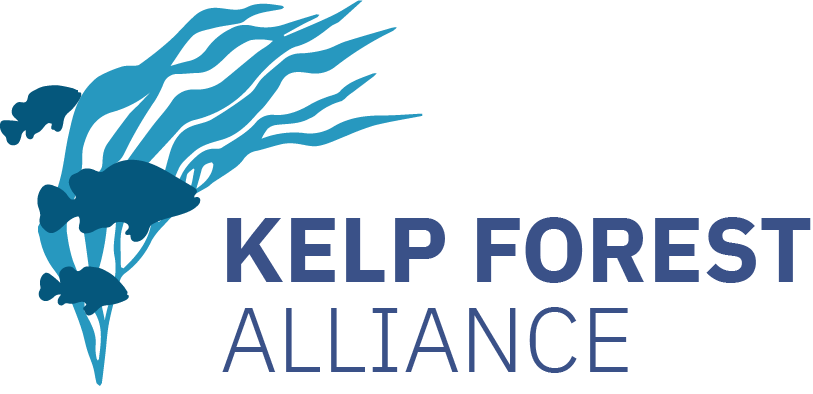Key takeaways
Cultivation of the reproductive apices of Cystoseira in mesocosms, followed by outplanting into MPAs (where stressors were reduced), proved to be a cost-effective means of restoration, with high survival and growth of seedlings in culture and survival of thalli in the field.
Although climate change makes restoration urgent, it also limits its feasibility, as both natural and restored populations face the same threats (e.g., thermal anomalies, storm surges).
The project
The European Community funded project ROC-POPLife (Promoting biodiversity enhancement by Restoration Of Cystoseira POPulations – 2017/2021) aimed to test outplanting techniques to trigger the restoration of Cystoseira habitat in two marine protected areas (MPAs). The target areas were the intertidal fringe in the Cinque Terre MPA (Liguria) and the subtidal (3–5m depth) in the Miramare MPA (Northern Adriatic). Two neighboring MPAs were selected as seed donor sites (i.e., Strunjan in the Adriatic Sea, Portofino in Liguria). The major causes of Cystoseira loss in the Miramare MPA since 2000 have been related to habitat modification and overgrazing by sea urchins, while in the Cinque Terre MPA the losses were due to high sediment loads from excavation activities in the first half of the 20th century. These threats were no longer active at the start of the project. Human activity regulations have been implemented in both receiving and donor MPAs. These areas are also monitored for water quality and other threats. Researchers from the Universities of Trieste and Genoa have been actively involved in the restoration and cultivation activities, as well as the MPAs’ technical staff for the outplanting and monitoring phases.
The specific project objectives were to: 1) restore the Cystoseira canopy along a 1,000 m coastline in each of the two receiving MPAs through the development of sustainable and effective protocols; 2) raise awareness among citizens and key groups about the value of and threats to marine forests; and 3) assess the feasibility and promote the replicability and transferability of algal restoration to other MPAs in the Mediterranean Sea. Project monitoring was conducted both during ex situ cultivation in the mesocosms (i.e., seedling survival, density, growth) and after outplanting in the field (i.e., survival, percent cover, growth, reproduction). In the mesocosms, fertile apices collected from donor populations thalli were placed directly on clay tiles (5 cm ø) with a hole in the center, then screwed directly onto rocks in the intertidal or on suitable restoration units deployed on the seabed in the subtidal. The technique proved to be fast and efficient.
Communication strategies were tailored to different target groups: 1) awareness raising activities for school children, the general public, and tourists to induce positive behavior towards marine forests and the environment; 2) stakeholder engagement with authorities, decision makers, users of ecosystem services such as fishermen, the tourism industry, and others at local- to Mediterranean-scale to stimulate active participation in biodiversity management and conservation; and 3) networking with EU-funded projects, MPA networks and practitioners, and scientists to develop a shared vision and conscientious approach to the ecological and socio-economic values of Cystoseira forests. These efforts aimed to promote relevant strategies/initiatives, partnerships, and preparations for future investments in the restoration of the Mediterranean.
Lessons learned
This project has demonstrated that: 1) removal of fertile apices for seeding has no effect on donor sites, as Cystoseira has high reproductive potential; 2) improved species-specific cultivation protocols (i.e., light, temperature, nutrients, antibiotics) maximize seedling survival and growth and support attainment of “refugium” size in a shorter time while reducing costs and reducing vulnerability of early stages in the field (e.g. consumption and bulldozing of meso- and micro-grazers); 3) transport of early life stages from the nursery to the receiving site, which may be at a great distance, is feasible without adverse effects on juvenile fitness; 4) the screw-fastening technique increases the efficiency of substrate placement in the field, is resistant to displacement by hydrodynamism, and avoids the unsightly effects of using epoxy putty; 5) coupling cultivation in mesocosms with a transition phase in the field (e.g., floating structures) prior to outplanting on the rocky reef mitigates low early-stage survival rates in the field (i.e., due to storms and other random weather events) but is still cost-effective as it avoids time-consuming and expensive nursery grow-out and long-term maintenance.
To some extent, biological, environmental as well as logistical challenges (e.g., grazing, hydrodynamism, remote rearing, and donor sites) have been overcome, and lessons learned can help guide the selection of “best” sites and protocols for restoration. Importantly, while climate change makes restoration urgent, it also limits its feasibility. Both natural and restored populations face the same threats (e.g., thermal anomalies, storm surges). Therefore, understanding how climate can affect the physiology and phenology of Cystoseira species and their thermal tolerance is critical to successful restoration efforts. Early warning networks against extreme events could allow collection of spores that can be grown under controlled conditions and used for outplanting, or selection for lineages with higher plasticity to temperature extremes. http://www.rocpoplife.eu/
References
1 Falace A., Kaleb S., De La Fuente G., Asnaghi V., Chiantore M. (2018) Ex situ cultivation protocol for Cystoseira amentacea var. stricta (Fucales, Phaeophyceae) from a restoration perspective. PLoS ONE 13(2): e0193011 doi.org/10.1371/journal.pone.0193011
2 De La Fuente G., Chiantore M., Asnaghi V., Kaleb S., Falace A. 2019. First ex situ outplanting of the habitat-forming seaweed Cystoseira amentacea var. stricta from a restoration perspective. PeerJ 7:e7290 doi.org/10.7717/peerj.7290
3 Savonitto G., De La Fuente G., Tordoni E., Ciriaco S., Srijemsi M., Bacaro G., Chiantore M., Falace A., 2021. Addressing reproductive stochasticity and grazing impacts in the restoration of a canopy-forming brown alga by implementing mitigation solutions. Aquatic Conserv: Mar Freshw Ecosyst. 2021;31:1611–1623 doi.org/10.1002/aqc.3555
4 Orlando-Bonaca M., Pitacco V., Slavinec P., Šiško M., Makovec T., Falace A. 2021 First restoration experiment for Gongolaria barbata in Slovenian coastal waters. What can go wrong? Plants, 10, 239. Doi.org/10.3390/plants10020239
Figure 1 Attaching clay tiles onto seabed. Photos provided by the authors.







